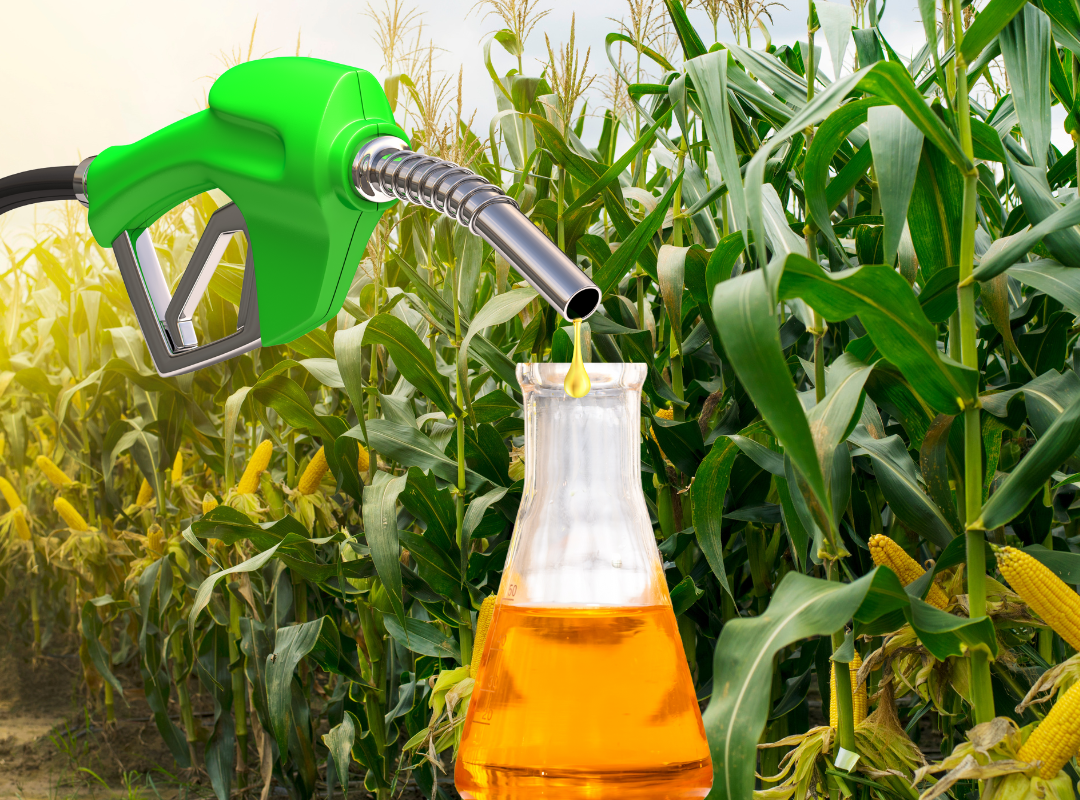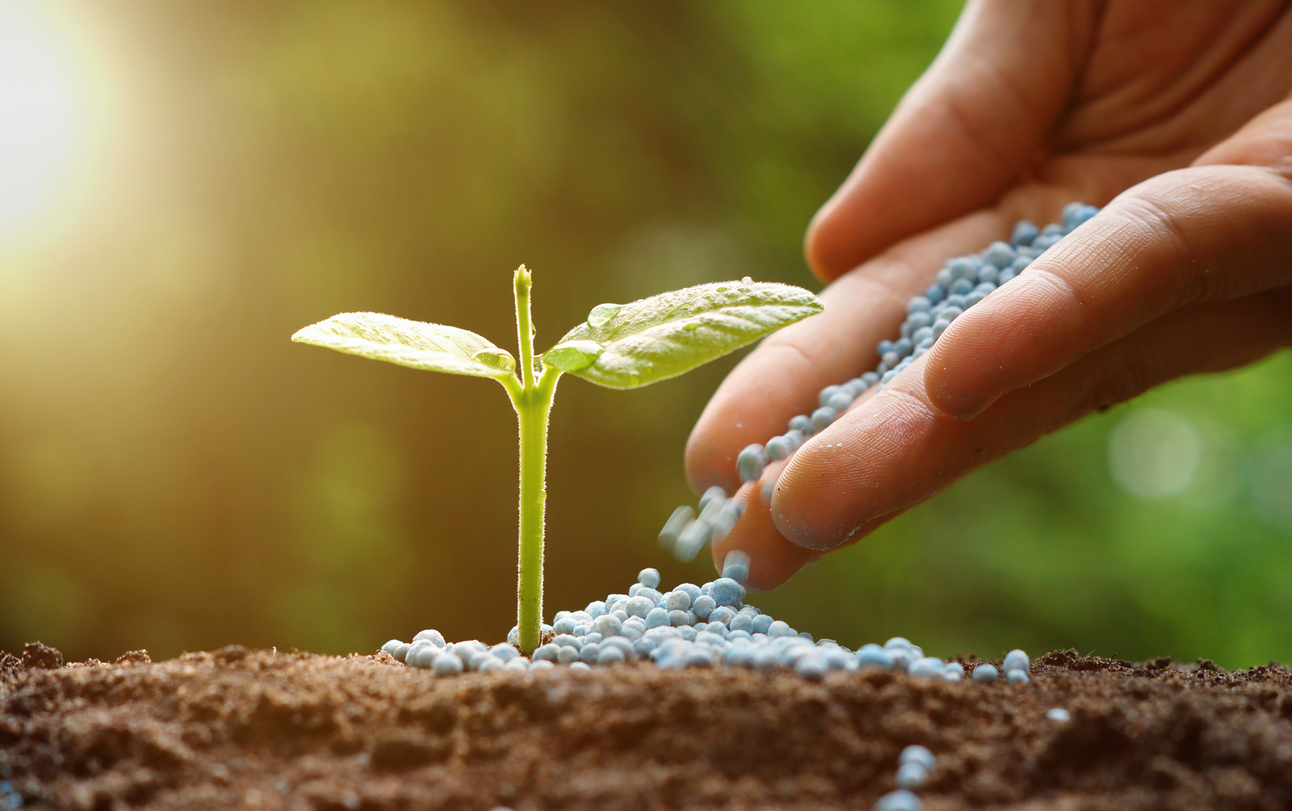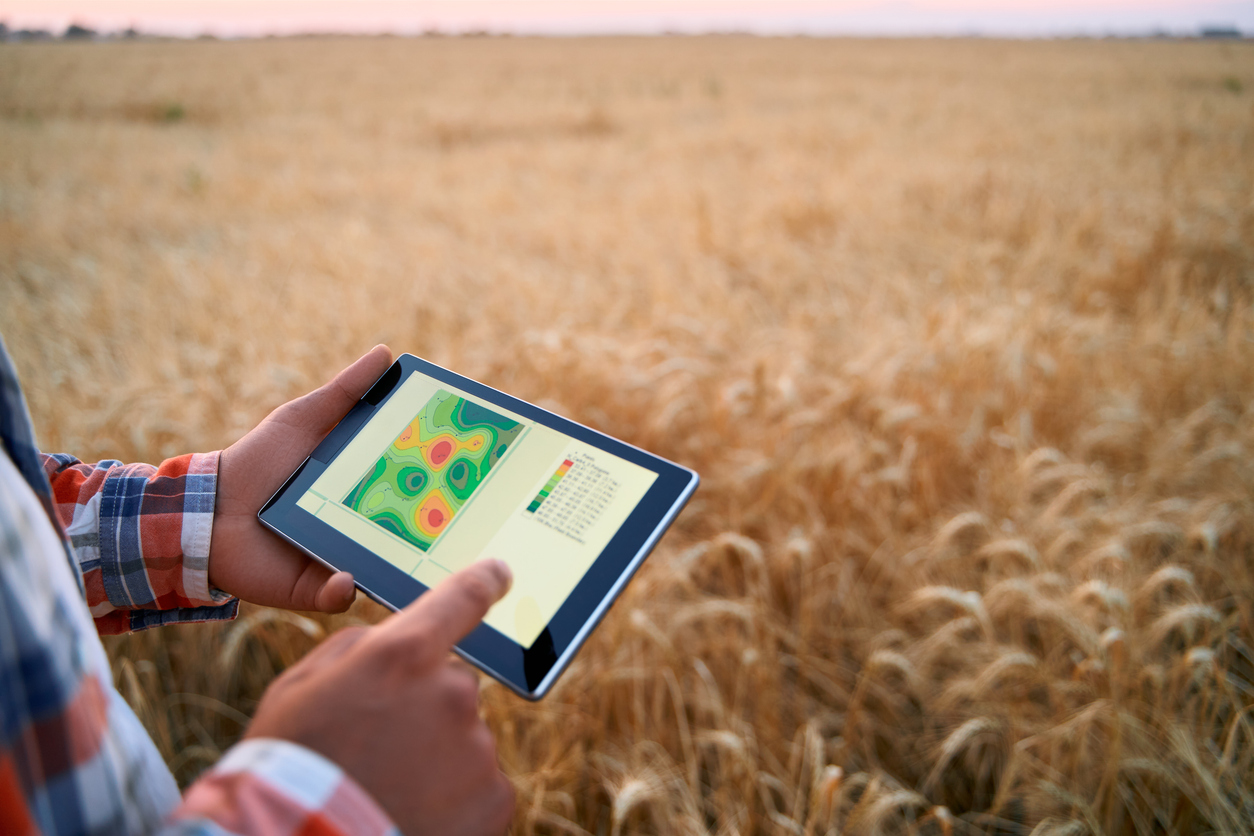
Energy and Biofuels (Grades 6-8)
Students explore the process of fermentation in the creation of ethanol and observe the role enzymes play in the fermentation of starch.

Students explore the process of fermentation in the creation of ethanol and observe the role enzymes play in the fermentation of starch.
Students will explore the 2020-2025 Dietary Guidelines, compare and contrast historical food guides, and discover how to apply principles of MyPlate into their diet to create a "MyWin."

Students will recognize that fertile soil is a limited resource, describe the role fertilizer plays in increasing food productivity, distinguish between organic and commercial fertilizers, describe how excess nutrients are harmful to the environment, and identify different sources of nutrient pollution.

In this lesson students will recognize that fertile soil is a limited resource to produce food for a growing population, describe the role fertilizer plays to increase food productivity, distinguish between organic and commercial fertilizers, and recognize how excess nutrients are harmful to the environment.

Students will examine the impacts of the Columbian Exchange and identify the economic and cultural impacts of contemporary global agricultural trade. They will also explore how food choices influence patterns of food production and consumption.
Students compare and contrast hair sheep and wool sheep, discover the reasons why farmers raise sheep, and explore ways farmers meet the needs of the sheep they raise.
In this lesson students apply their knowledge of physical science to dairy products to determine if the changes that take place when turning milk into cheese, butter, yogurt, ice cream, whip cream and other dairy products, is a physical or chemical change.

Through project-based learning, students will design games that will assist others with identifying a variety of agricultural careers, possible emerging agricultural careers, the education required for agricultural career options, and the types of salaries that can be expected in each career.
Explore protein, discover the role of amino acids, identify dietary sources of complete and incomplete proteins, and make fresh mozzarella cheese—a food science experience where students will observe the protein in milk (whey and casein) separate from water in the creation of cheese.
Students investigate a variety of tree fruits, discover how and where they are grown, and explore their nutritional benefits.

Students discover technologies that are used on farms to increase efficiency and yields and decrease costs and environmental impact.
Students determine that plants provide people with food, clothing, shelter, and many other things that we use in our daily lives.